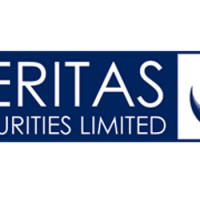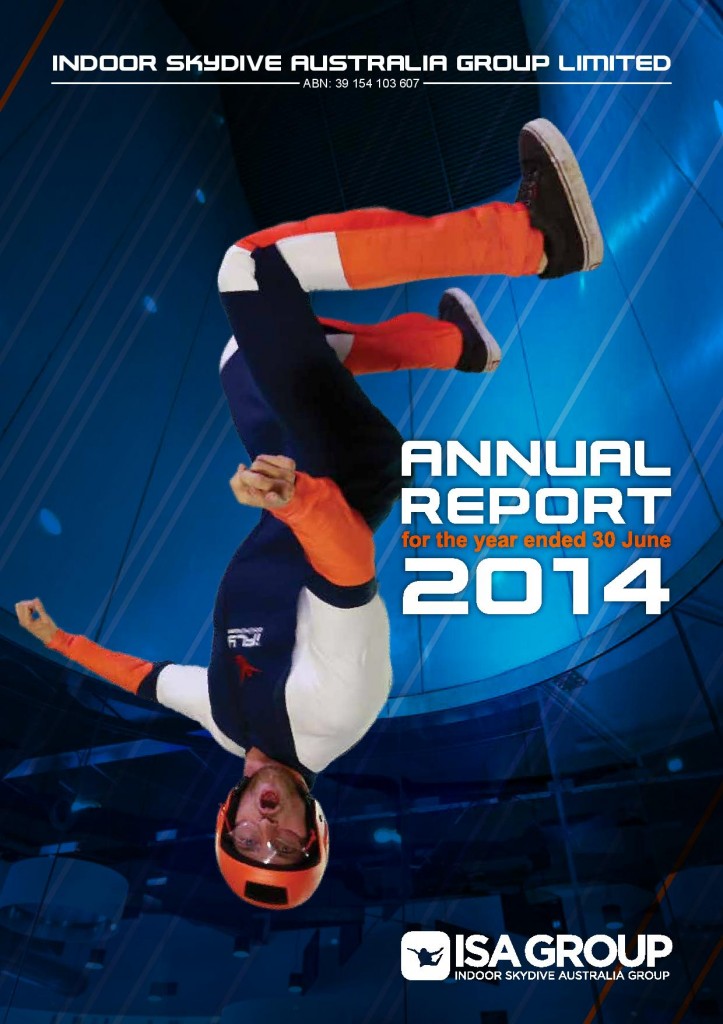Indoor Skydive Australia Group Limited (ASX: IDZ) announced that it has appointed Point Project Management (PPM) to provide project management services for our Perth Project.
Prior to engaging PPM, ISA Group conducted an intensive tender process to identify a provider with a local Perth presence as well as a national footprint, experience in complex commercial builds and the ability to deliver the project.
An initial detailed program has been developed for the construction of the project with PPM which includes the appointment of the head builder later in January, with construction to commence shortly thereafter. This will enable the project to be completed mid 2016 in accordance with our timetable.
PPM will undertake the project management of the Perth Project under the direction of ISA Group. By appointing PPM, ISA Group has been able to leverage off their local Perth expertise avoiding the additional costs associated with project management based in the Eastern States.
The appointment also includes independent quantity surveying services to provide additional cost controls. The appointment of PPM has been included in the total estimated capex for the project and does not represent an additional cost.
ISA Group’s Perth Project is our third indoor skydiving facility comprising a 14ft vertical wind tunnel. The facility will be located at 143 Great Eastern Highway Rivervale within 5km of the Perth CBD and on the popular commuting route to the international and domestic airports.







